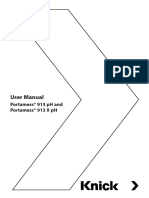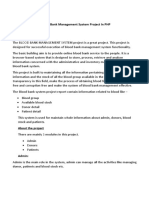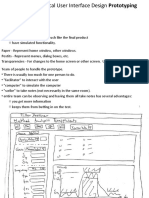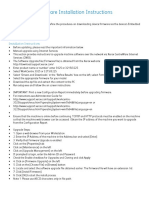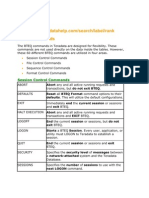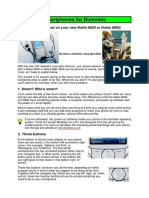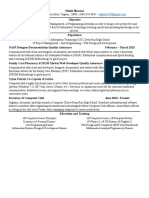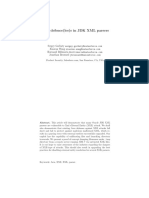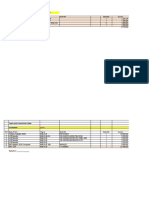0% found this document useful (0 votes)
22 views3 pagesComputer Application - Worksheet
The document outlines a Term 1 curriculum for a Grade X Computers subject, focusing on conditional statements and library functions. It includes multiple-choice questions, program snippet outputs, and case study questions related to primitive data types, wrapper classes, and ASCII codes. The content is designed to assess students' understanding of Java programming concepts.
Uploaded by
aanyabj2010Copyright
© © All Rights Reserved
We take content rights seriously. If you suspect this is your content, claim it here.
Available Formats
Download as PDF, TXT or read online on Scribd
0% found this document useful (0 votes)
22 views3 pagesComputer Application - Worksheet
The document outlines a Term 1 curriculum for a Grade X Computers subject, focusing on conditional statements and library functions. It includes multiple-choice questions, program snippet outputs, and case study questions related to primitive data types, wrapper classes, and ASCII codes. The content is designed to assess students' understanding of Java programming concepts.
Uploaded by
aanyabj2010Copyright
© © All Rights Reserved
We take content rights seriously. If you suspect this is your content, claim it here.
Available Formats
Download as PDF, TXT or read online on Scribd
/ 3





























































